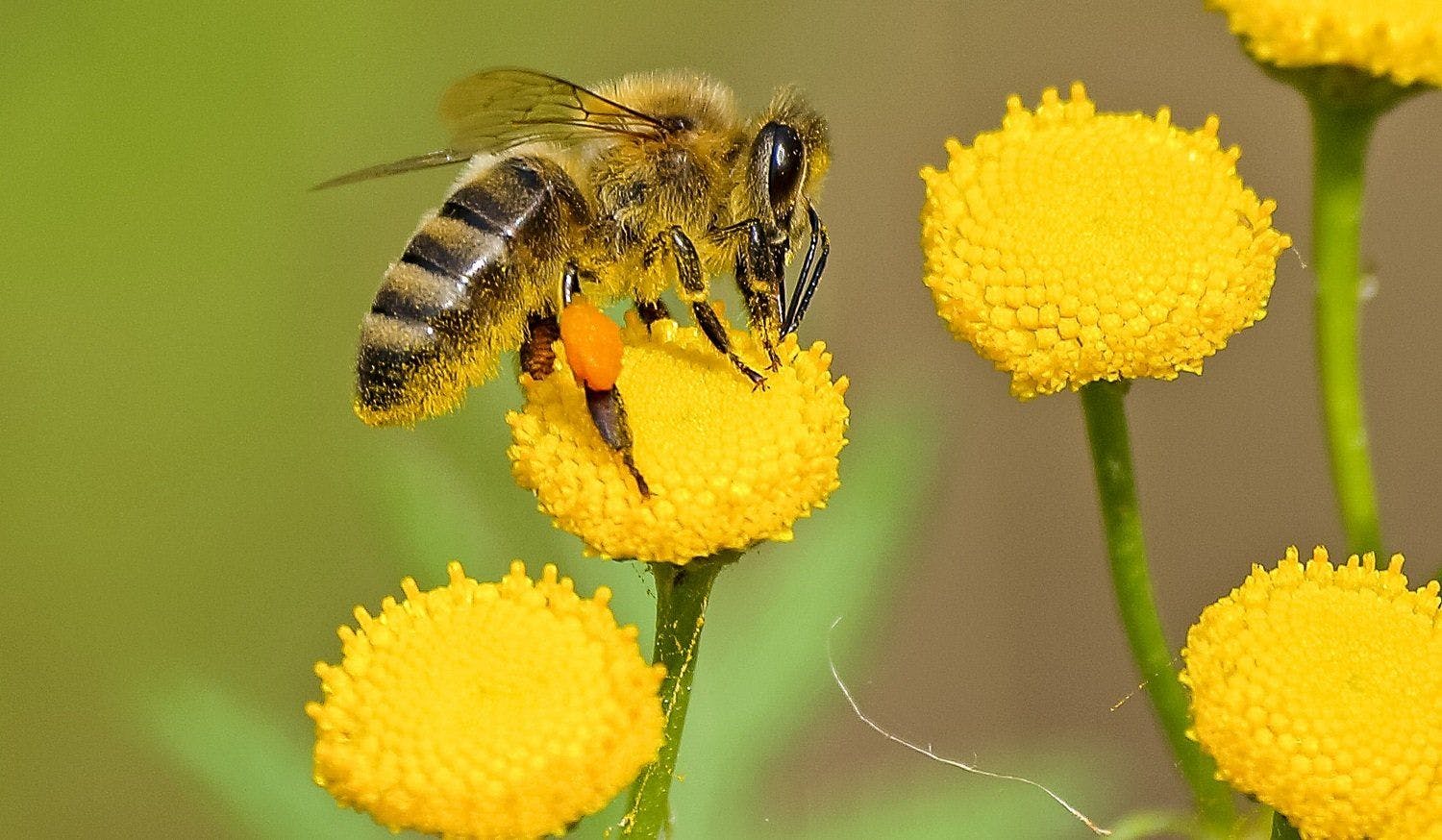Dogs and Bee Stings
Dogs are often intrigued by flying insects, whether it's due to their attention-grabbing movements or their hunting instincts. However, this curiosity can sometimes lead to bee or wasp stings. While most stings only cause minor discomfort, multiple stings or severe allergic reactions can pose serious problems. It's crucial to know how to respond in such situations.
Bee Sting Symptoms in Dogs
The usual reaction to a bee sting in dogs is similar to what humans experience. The dog will have a local reaction that resolves spontaneously. In most cases, we may not even realize that our dog has been stung. Only a small percentage of cases result in a serious allergic reaction. The most common clinical signs of a bee sting include:
- Swelling at the sting site
- Redness of the area
- Pain and itching at the sting site
- Significant swelling if the sting occurred on the face
- Respiratory problems if the sting was inside the mouth due to inflammation
If the sting affects the face, oral cavity, or if the dog has suffered more than one sting, it's recommended to consult a pet expert due to possible complications.
Duration of Bee Sting Swelling in Dogs
If the bee sting is outside the head or mouth, is singular, and causes mild, local signs, recovery is typically quick. The most intense discomfort usually lasts no more than a few hours, although swelling may persist a bit longer and subside within a couple of days. If symptoms persist or worsen, contact a pet expert or your vet.
Allergic Reactions in Dogs Due to Bee Stings
While most bee stings in dogs are uncomplicated, some dogs can suffer a severe reaction, especially those who have been stung multiple times or have been stung in the past. These reactions are veterinary emergencies known as anaphylactic shocks. Symptoms include:
- Agitation
- Hypersalivation
- Vomiting and diarrhea
- Breathing difficulties
- Breathing sounds due to larynx swelling
- Weakness
- Seizures
- Collapse
- In severe or untreated cases, the dog can die
What to Do if Your Dog is Stung by a Bee
Firstly, try to identify the insect that stung your dog. If it's a bee, look for the stinger and remove it by scraping with a fingernail or a plastic card. Avoid using tweezers or squeezing as this could introduce more venom into the dog's body.
You can apply home remedies at this point or give medications prescribed by a veterinarian.
What to Do if Your Dog Eats a Bee
If your dog eats a bee or a wasp, it's unlikely to cause any harm unless the insect stings your dog. In fact, insects are higher in protein than beef, pound for pound.
Home Remedies for Bee Stings in Dogs
If the bee sting symptoms are local and mild, you can apply home remedies to soothe the pain and itching after removing the stinger:
- Baking soda paste: Mix baking soda with a little water and apply it directly to the sting.
- Cold compress: Use an ice cube or a pad soaked in cold water, always wrapped in a cloth to avoid skin burns.
- Calamine lotion: This can effectively relieve minor itching.
For more information, consult with a Pet Expert through our Mavyn website
